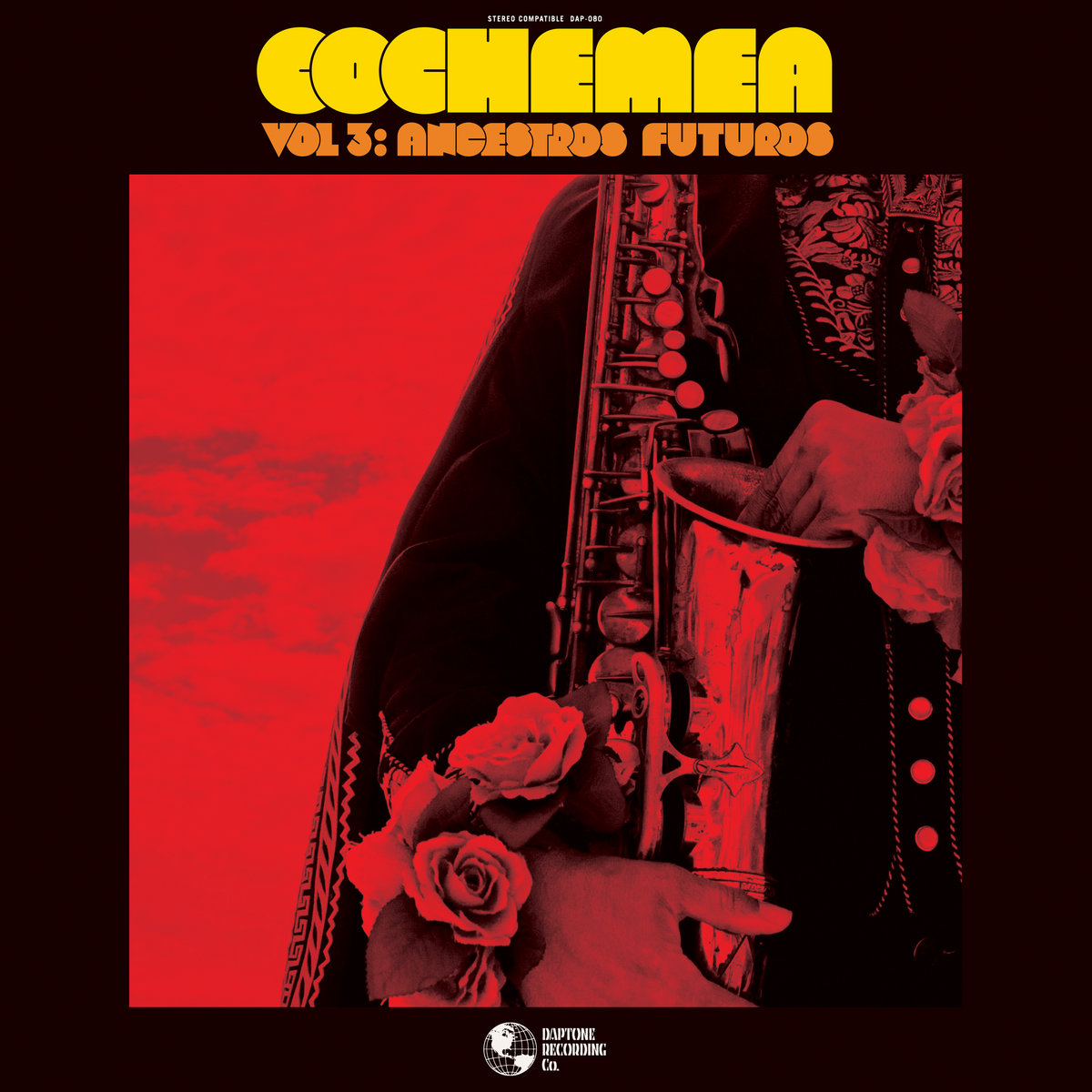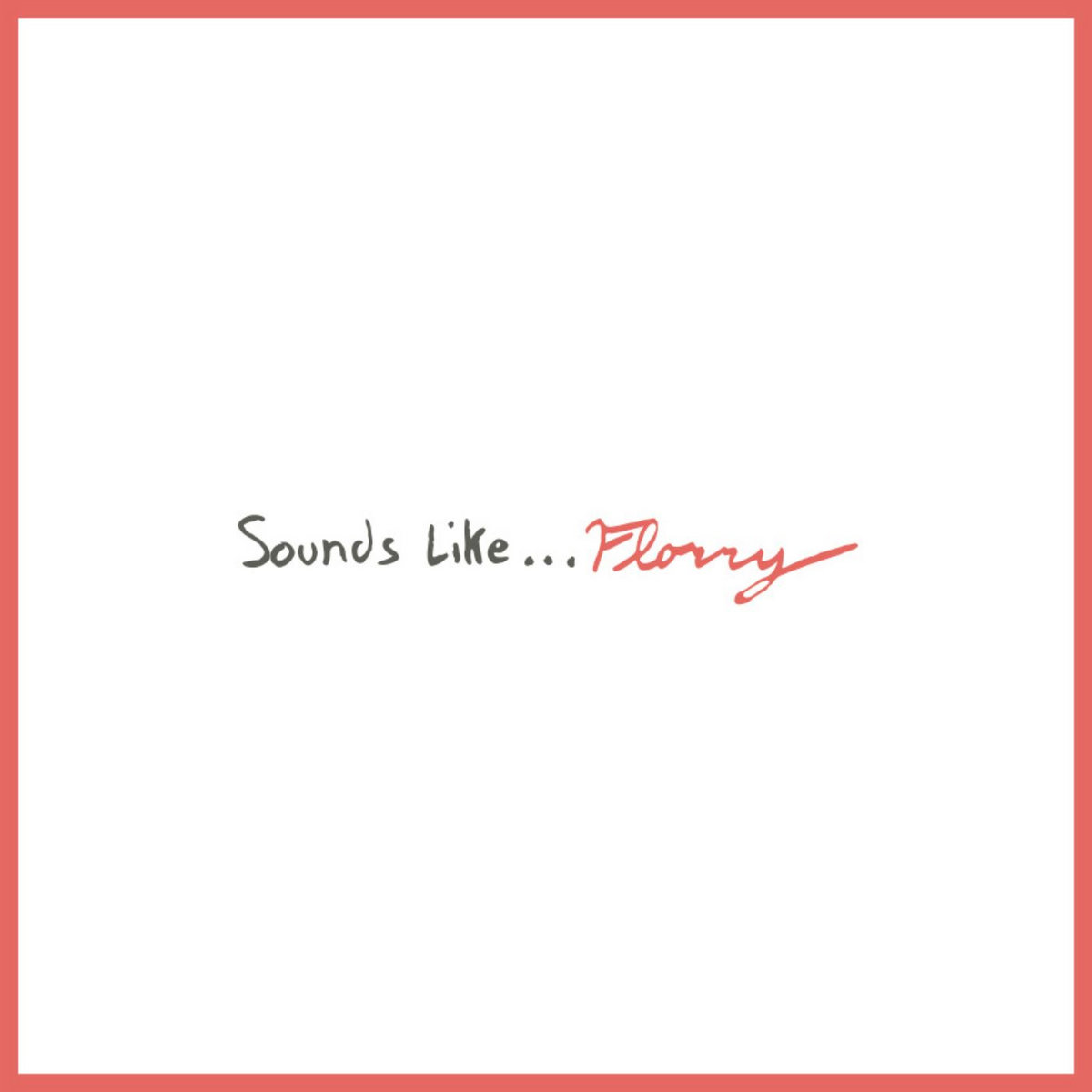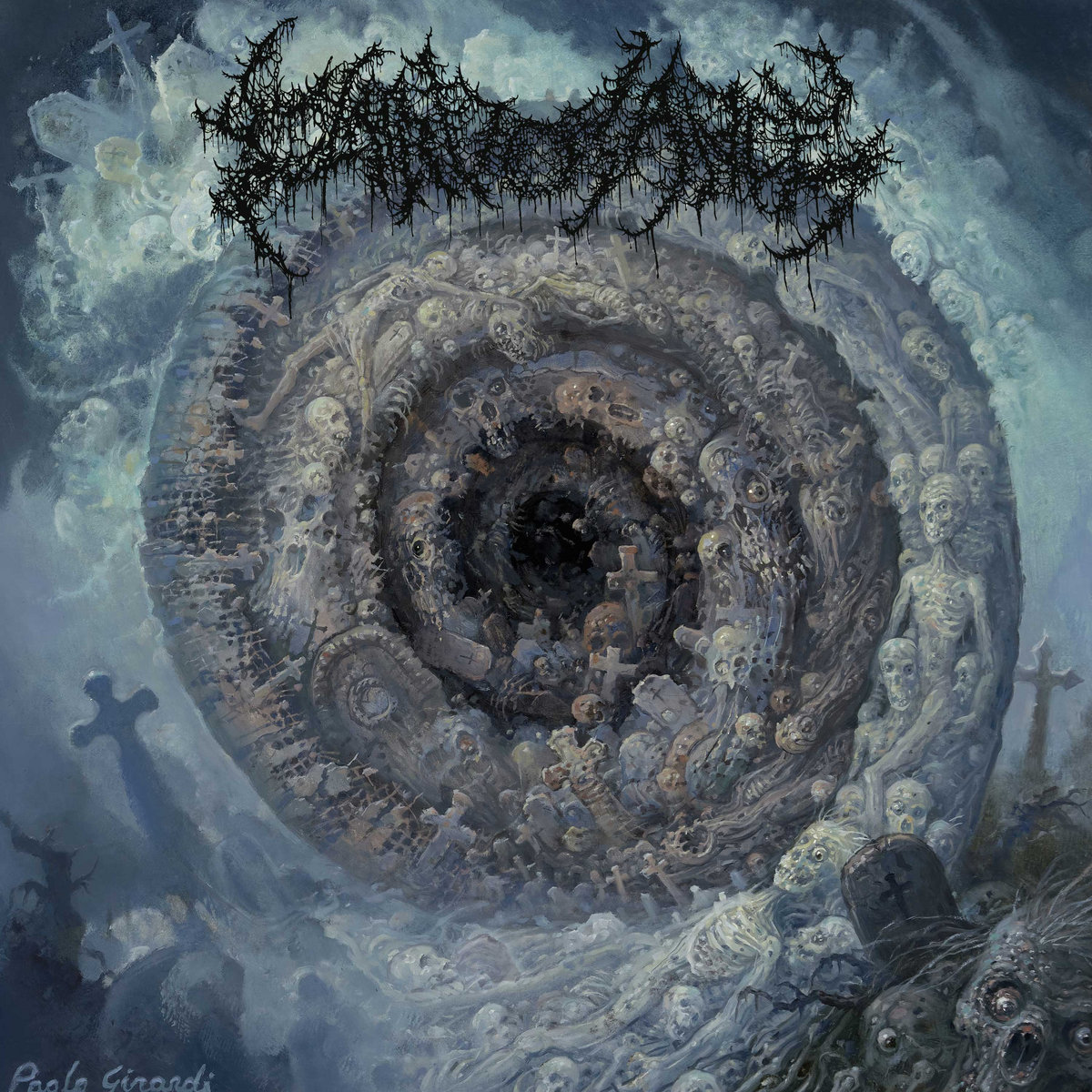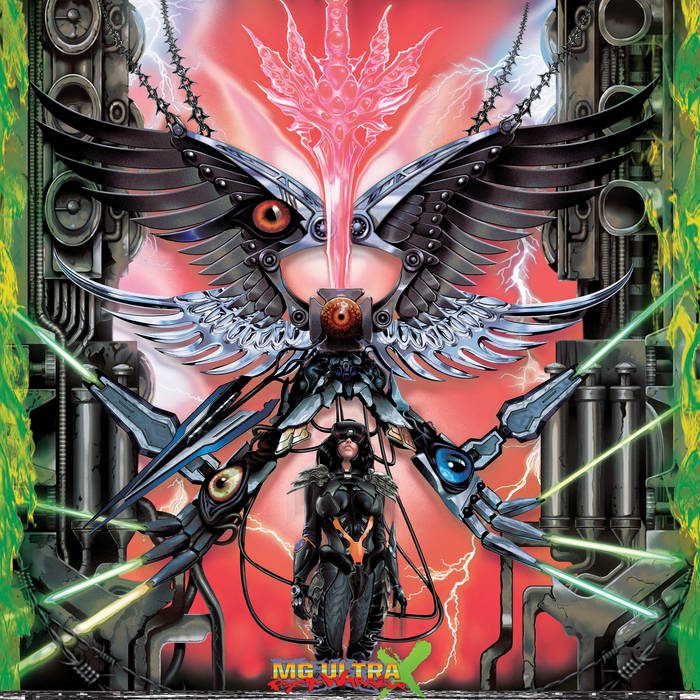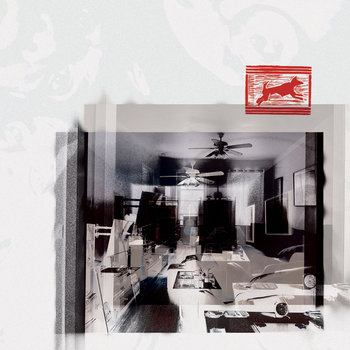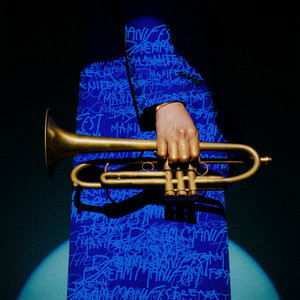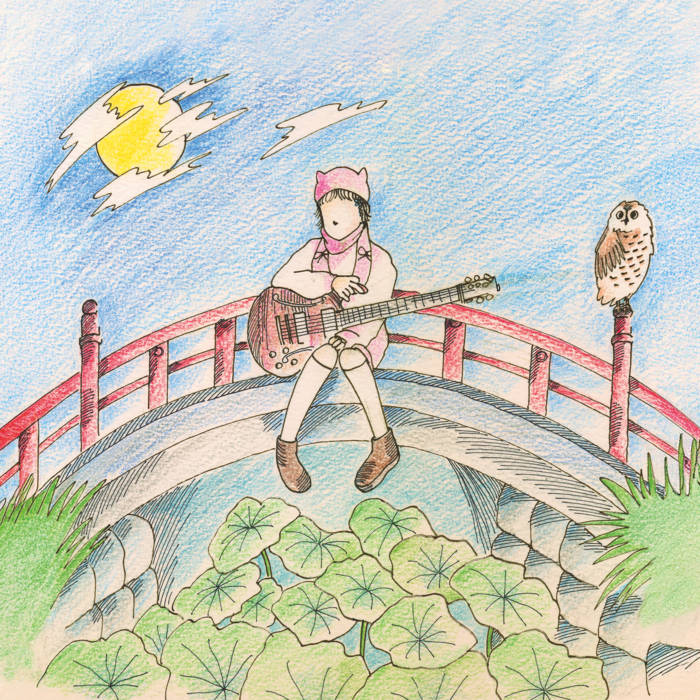CONTENT WARNING: This review, film and/or soundtrack contains themes of sex, murder and infidelity.
I am back with another musical review. This one has a very strong basis on jazz and tells a story of fear of missing out. Let’s get into it.
Background
“Chicago” was originally a play written by Maurine Dallas Watkins in the 1920s. The play was meant to be a satirical interpretation of a pair of unrelated murder cases at the time involving two women who were eventually acquitted. The play was brought to Broadway in 1926 but is now referred to as “Play Ball,” so as to avoid confusion with the more modern musical. About 50 years later, the play was picked up and reimagined for a Broadway musical in 1975. In 2002, the story came to the screens starring Renée Zellweger, Catherine Zeta-Jones, Queen Latifah and Richard Gere.
